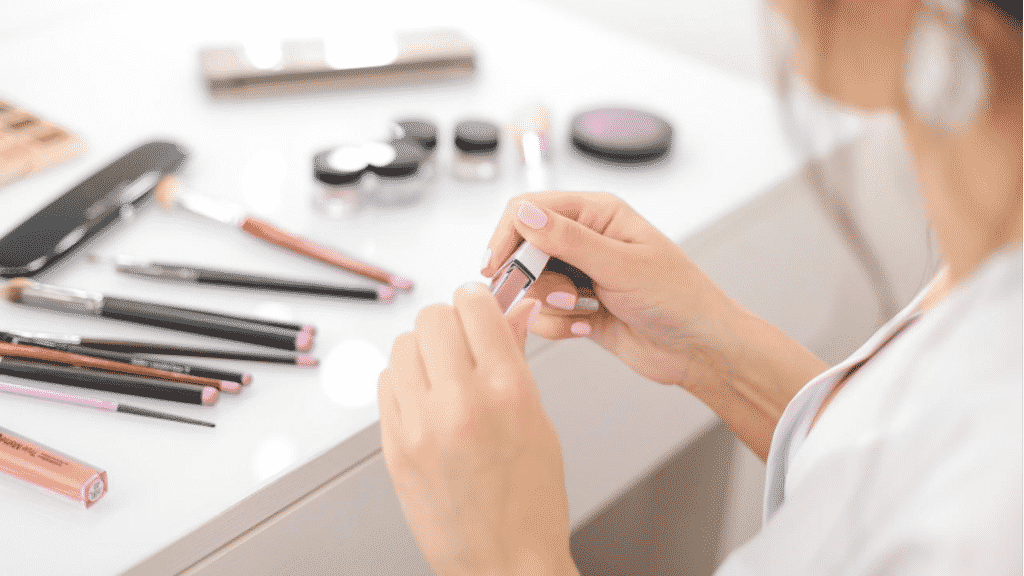Have you ever wondered about the extensive testing that goes into the production of cosmetics? Some people wonder why it is so stringent when the industry is so developed and experienced at this point. Don’t we already know much of the effects of cosmetic products and their ingredients? Does it really take so long to test new ingredients and combinations?
As any good employee of a cosmetic laboratory in Australia will tell you, there are good reasons for maintaining a strong emphasis on proper testing when it comes to the cosmetics industry. Below are the main factors that explain the importance of proper testing.
1. The Law Requires It
Let’s start with the most basic requirement, which is that the law requires this kind of testing, and it has to be done to the very highest standards. Since July 1, 2020, the testing of cosmetics on animals has been banned in Australia. Even the use of information from animal testing done by others is not allowed when it comes to approving.
Meeting government standards in most developed jurisdictions means effectively adding a great deal of time to the testing and development process. For a company, however, this testing and eventual approval forms the foundation and first layer of protection against future liabilities that could be incurred.
2. Marketing is Impossible Without It
If you take a look at most modern cosmetic brands, many of them go to great expense to ensure that there is a strong message regarding the way that their products are rigorously tested and proven to work. Things like safety testing and medical trials form a key plank of the eventual marketing manifesto. You can’t boast those credentials or features without first putting the product through its paces in a big way.
With so many companies claiming that their cosmetics can do all kinds of things, being able to provide a stream of concrete evidence to support it has never been more important in gaining a critical competitive edge.
3. Consumer Safety and Brand Liability
It may be required by law to have such testing done, but any brand that values itself will also gladly go to the time and expense of doing testing if only to ensure that their product is at least safe for consumers to use. They have to be aware of possible allergens within their product and how people may react to them. They have to think about all the ways in which the product, if used wrongly, might cause negative effects on the user.
Proper testing will reveal these realities, which they can then include in warnings and reminders within the product packaging. Only when all these steps are taken can brands protect themselves from liability, but also ensure that their loyal fans have products they can safely use.
4. Product Stability
On the more practical side of cosmetics testing is the need to check the stability of the product itself. Once opened, a tub, packet or tube of a cosmetic product may well sit in a cupboard, drawer, or on a bathroom sideboard for a long time until it is actually used up. The surrounding temperature and conditions are likely to fluctuate, and so manufacturers have to be sure that their product will stand up to these influences.
This normally involves extensive testing to ensure that the product retains its form and colour while sitting unused, that it doesn’t split or separate, or create horrible smells, or attract insects, or suffer from any other unforeseen consequences. As you can imagine, to ensure a product can sit for perhaps 12 or more months takes some quite extensive testing.
